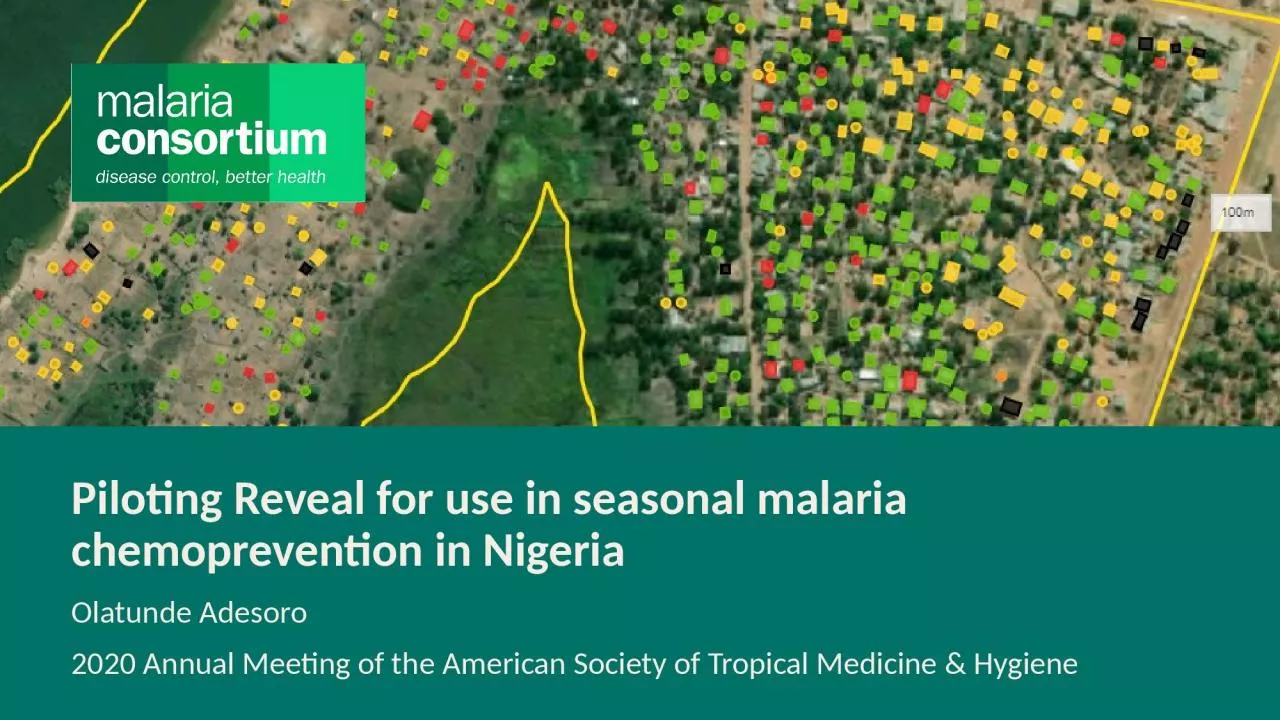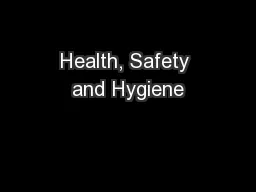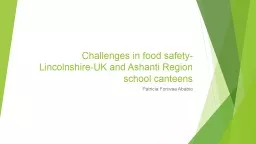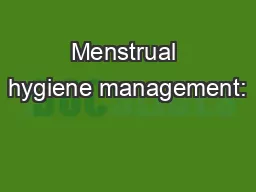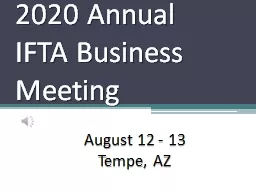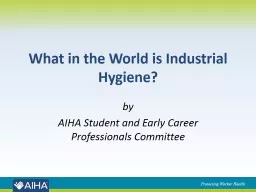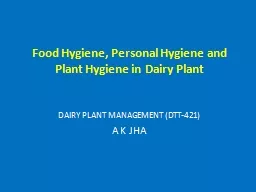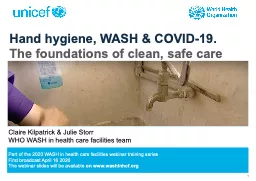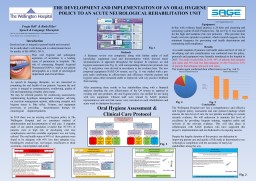PPT-Olatunde Adesoro 2020 Annual Meeting of the American Society of Tropical Medicine &
Author : melanie | Published Date : 2024-01-29
Piloting Reveal for use in seasonal malaria chemoprevention in Nigeria Seasonal malaria chemoprevention SMC Implementing the pilot usability testing The Reveal
Presentation Embed Code
Download Presentation
Download Presentation The PPT/PDF document "Olatunde Adesoro 2020 Annual Meeting of..." is the property of its rightful owner. Permission is granted to download and print the materials on this website for personal, non-commercial use only, and to display it on your personal computer provided you do not modify the materials and that you retain all copyright notices contained in the materials. By downloading content from our website, you accept the terms of this agreement.
Olatunde Adesoro 2020 Annual Meeting of the American Society of Tropical Medicine &: Transcript
Download Rules Of Document
"Olatunde Adesoro 2020 Annual Meeting of the American Society of Tropical Medicine &"The content belongs to its owner. You may download and print it for personal use, without modification, and keep all copyright notices. By downloading, you agree to these terms.
Related Documents

